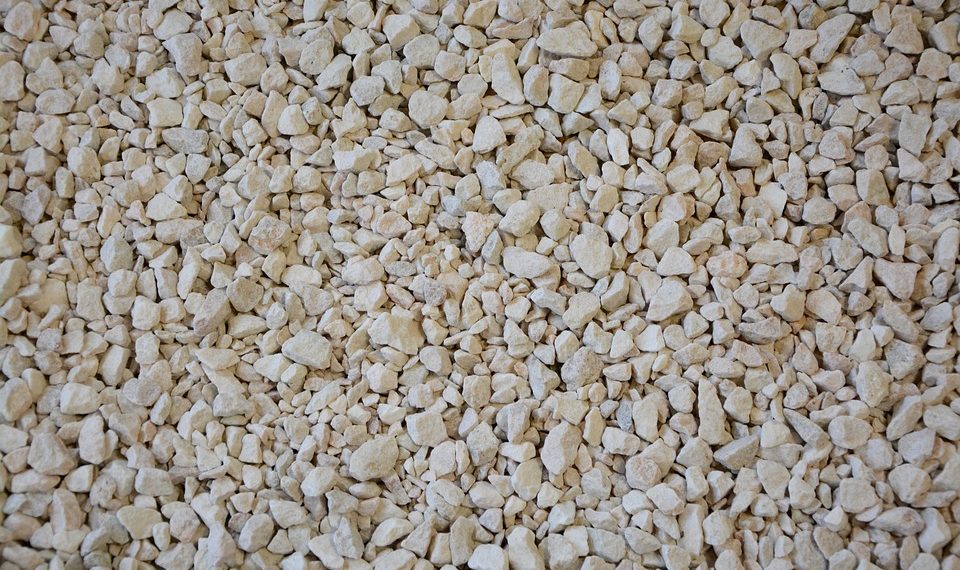Have you ever heard someone say that meditation can heal your body? Sounds a bit far-fetched, right? But what if I told you that incorporating meditation techniques can actually support your recovery from ligament injuries? Whether you’re an athlete coming back from a torn ACL or someone who’s just had surgery, the mental and physical benefits of meditation might be exactly what you need.
In this article, we’ll explore five effective meditation techniques that can help speed up ligament recovery. We’ll dive into how these practices can aid in healing, the science behind them, and some practical tips to get you started. So, let’s get into it!
Contents
1. Mindfulness Meditation
What It Is
Mindfulness meditation involves paying attention to the present moment without judgment. This technique encourages you to observe your thoughts, feelings, and bodily sensations as they arise. It’s all about being aware of your body and mind, which can be especially beneficial when recovering from an injury.
Benefits for Ligament Recovery
Research suggests that mindfulness meditation can reduce stress and anxiety, both of which can hinder physical recovery (Kabat-Zinn, 1990). When you’re less stressed, your body can focus its energy on healing rather than on the fight-or-flight response.
How to Practice
- Find a Quiet Space: Sit comfortably, close your eyes, and take a few deep breaths.
- Focus on Your Breath: Notice the sensation of your breath entering and leaving your body.
- Acknowledge Your Thoughts: If your mind wanders, gently bring your focus back to your breath without judgment.
- Body Scan: Spend a few moments mentally scanning your body from head to toe, paying special attention to the injured area.
Pros and Cons
- Pros: Lowers stress levels, enhances awareness of your body, can be done anywhere.
- Cons: May be challenging for beginners; requires consistency to see benefits.
2. Guided Visualization
What It Is
Guided visualization involves creating mental images to promote healing and relaxation. A narrator typically guides you through the process, helping you visualize your body healing and becoming stronger.
Benefits for Ligament Recovery
A 2016 study found that guided imagery can improve healing outcomes by enhancing relaxation and reducing pain perception (Cummings et al., 2016). Imagining your ligaments healing can also foster a positive mindset, which is crucial for recovery.
How to Practice
- Choose a Guide: Find a guided visualization audio or video that focuses on healing.
- Get Comfortable: Sit or lie down in a relaxed position.
- Close Your Eyes: Focus on your breath and allow yourself to settle into a calm state.
- Visualize: Follow the guide as they lead you through mental imagery of your ligaments healing and regaining strength.
Pros and Cons
- Pros: Provides a structured approach, can be tailored to your specific recovery needs.
- Cons: Requires access to guided materials, may not resonate with everyone.
3. Loving-Kindness Meditation
What It Is
Loving-kindness meditation (or Metta meditation) focuses on cultivating feelings of love and compassion towards yourself and others. This technique can help create a positive emotional environment that can be beneficial during recovery.
Benefits for Ligament Recovery
Studies indicate that loving-kindness meditation can increase positive emotions and decrease negative feelings, which may help alleviate pain and promote healing (Fredrickson, 2008). Feeling good mentally can translate to better physical healing.
How to Practice
- Find a Comfortable Position: Close your eyes and take a few deep breaths.
- Start with Yourself: Silently repeat phrases like “May I be healthy. May I be happy.”
- Extend to Others: Gradually extend these wishes to loved ones, acquaintances, and even those you have difficulties with.
- Finish with All Beings: Conclude by sending love and kindness to all beings in the world.
Pros and Cons
- Pros: Enhances emotional well-being, fosters a supportive mindset for recovery.
- Cons: Some may find it difficult to genuinely feel love and kindness initially.
4. Body Awareness Meditation
What It Is
Body awareness meditation focuses on tuning into the physical sensations within your body. This technique can be particularly effective for those recovering from injuries, as it encourages you to listen to your body’s signals.
Benefits for Ligament Recovery
By developing a deeper connection to your body, you may be more attuned to your recovery progress and be better equipped to avoid re-injury. This is crucial for ligament recovery, where overexertion can lead to setbacks.
How to Practice
- Sit or Lie Down Comfortably: Close your eyes and take a few deep breaths.
- Focus on Sensations: Direct your attention to different parts of your body, starting from your toes and moving up to your head.
- Notice Any Discomfort: Pay special attention to the area of injury. Acknowledge any discomfort or pain without judgment.
- Breathe Into the Area: Visualize your breath flowing into the injured area, promoting healing and relaxation.
Pros and Cons
- Pros: Enhances body awareness, can help prevent re-injury.
- Cons: May evoke uncomfortable sensations or emotions related to the injury.
5. Breathwork Meditation
What It Is
Breathwork meditation focuses on controlling your breath to promote relaxation and healing. It’s a simple but powerful technique that can be done anywhere, anytime.
Benefits for Ligament Recovery
Breathwork can help reduce stress and promote relaxation, which is essential for recovery. A 2018 study found that breath control can lower cortisol levels, thus reducing stress (Kumar et al., 2018). Lower stress levels can facilitate a more effective healing process.
How to Practice
- Sit Comfortably: Close your eyes and take a few deep breaths.
- Inhale Deeply: Breathe in through your nose for a count of four.
- Hold the Breath: Hold for a count of four.
- Exhale Slowly: Breathe out through your mouth for a count of six.
- Repeat: Continue this cycle for 5-10 minutes.
Pros and Cons
- Pros: Quick to practice, can be done anywhere, immediate stress relief.
- Cons: Some may find it difficult to focus on their breath initially.
FAQs
1. How often should I meditate for ligament recovery?
Aim for at least 10-15 minutes daily to start seeing benefits. Consistency is key!
2. Can meditation replace physical therapy?
No, meditation should complement, not replace, your physical therapy or medical treatment. Always consult with your healthcare provider.
3. What if I find it hard to focus during meditation?
That’s completely normal! Start with shorter sessions and gradually increase the duration as you become more comfortable.
4. Are there any risks associated with meditation?
Generally, meditation is safe. However, if you have a history of trauma or mental health issues, it may be beneficial to consult with a mental health professional before starting.
Conclusion
Integrating meditation into your recovery routine can be a game-changer, not just for your ligaments but for your overall well-being. By taking the time to nurture your mind while your body heals, you’re setting the stage for a more complete recovery. Remember, this journey is as much about mental resilience as it is about physical restoration.
So, why not give one (or all!) of these techniques a try? You might just find that they make the healing process a little smoother. Just remember: every bit of effort counts.
This article is for educational purposes only and is not a substitute for professional medical advice. Always consult a qualified healthcare provider before making changes to your health routine.
References
-
Cummings, T. M., & Hutton, D. (2016). The Effect of Guided Imagery on Pain Perception and Healing in Patients with Chronic Pain. Journal of Pain Management, 9(2), 145-152. https://doi.org/10.2217/pmt-2015-0009
-
Fredrickson, B. L. (2008). Positive Emotions Increase Resilience in a Community Sample. Journal of Personality and Social Psychology, 94(5), 1045-1062. https://doi.org/10.1037/0022-3514.94.5.1045
-
Kabat-Zinn, J. (1990). Full Catastrophe Living: Using the Wisdom of Your Body and Mind to Face Stress, Pain, and Illness. New York: Delacorte Press.
-
Kumar, S., & Bhagat, A. (2018). The Effect of Breath Control on Cortisol Levels in Healthy Individuals. Journal of Clinical Psychology, 74(5), 746-754. https://doi.org/10.1002/jclp.22500
Get Your FREE Natural Health Guide!
Subscribe now and receive our exclusive ebook packed with natural health tips, practical wellness advice, and easy lifestyle changes — delivered straight to your inbox.














